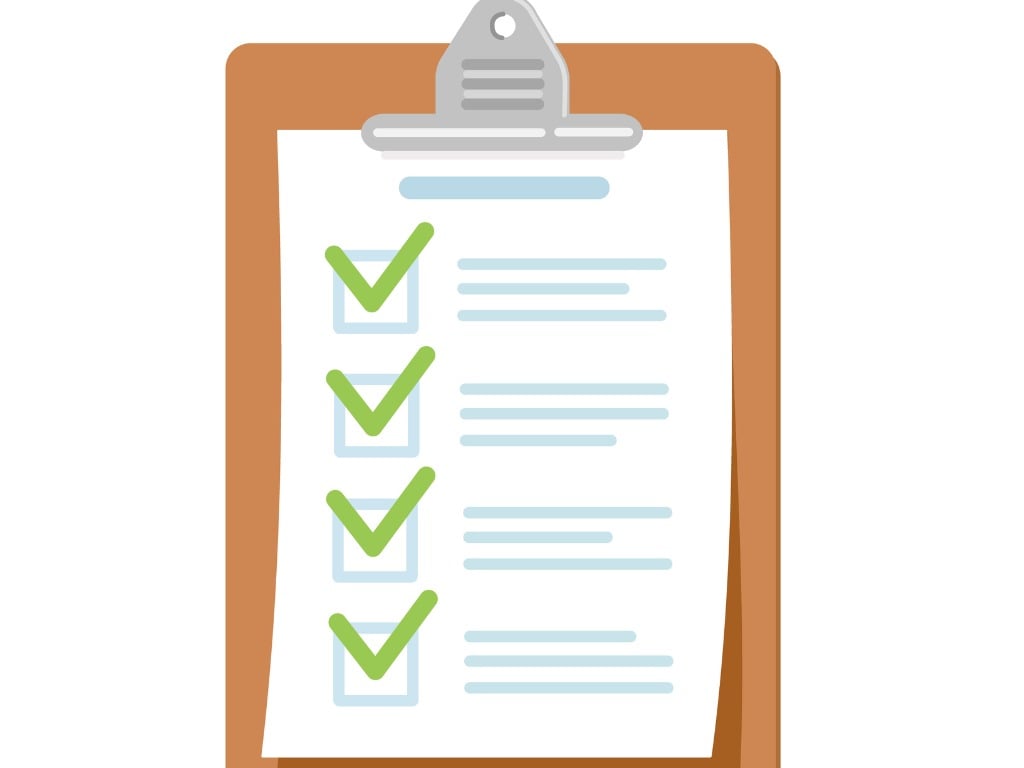
Protecting your personal information doesn’t have to be a headache but ignoring it could be! With identity theft on the rise, staying one step ahead is key. Use this quick security checklist to make sure your information stays locked down and out of the wrong hands!
Physical Document Security
Paper Shredding
Always keep documents that relate to major life events, like a birth certificate. However, it’s important to shred less important documents, like miscellaneous receipts. This not only decreases your clutter, it decreases your chance of someone getting ahold of valuable information. It’s advised you wait around seven years before shredding tax related receipts, but you can shred things like utilities and credit card bills after paying them. For even better protection, think about signing up for paperless statements. You can receive items quicker and reduce the risk of your personal information falling into the wrong hands.
Store Sensitive Information Correctly
Speaking of important information, store documents like your birth certificate, Social Security card, and auto titles in a secure fireproof and waterproof location. This ensures protection from natural disasters while also keeping them organized for easy access.
Guard Your Mail
If you have personal information on bills or documents, investing in an approved locked mailbox can help protect your privacy. Be conscious about using your mailbox for outgoing mail, especially if it carries personal information. The raised flag on your mailbox can spark a fraudster's attention and lead them to take the check for your electric bill and use it to start taking money from your account. In addition, you can opt in for paperless bills and have items emailed to you.
Digital Account Security
Create Strong Passwords
To safeguard against potential threats, update your passwords frequently, especially if you think they may have been compromised. Create a unique password that has no connection to personal information that is easily accessed, such as your name or birthday. Using a password generator is a good option to create a random mix of letters, numbers, and symbols.
Enable Multi Factor Authentication
Add an extra layer of security to your accounts by enabling multi factor authentication (MFA) whenever possible. While it may seem inconvenient at times, it is an effective way to protect yourself from fraud.
Review Activity
The best way to protect yourself from fraud is to stay proactive. Taking precautions is important, but regularly monitoring your accounts for any unusual activity is the best way to stay ahead of potential threats. If you see a fraudulent item on your account, let the bank know right away. If you catch it early enough in the morning on the day the item is clearing, you may be able to stop the item.
Monitor Your Social Media
Limit the amount of personal information you put on social media. Any information a hacker can find about you, they can use against you. Also, regularly review what Apps have access to personal information like your contacts or location.
Use a VPN
When you’re on public Wi-Fi, avoid logging into any accounts with sensitive information. Also, consider using a VPN for an extra layer of security.
Device Protection
Keep Device Updated
Keeping your devices on the latest software will help with security. Updates will often fix security issues that hackers could utilize to get your personal information.
Use an Antivirus Software
Using antivirus software can help you identify any hidden threats on your devices. Running a virus scan can detect any viruses or malware that could be trying to access your personal information.
Secure all Devices
Although we carry our phones with us everywhere, it’s important to be mindful of all the personal information they carry. Have a strong passcode on your phone that is not easily guessable. If possible, keep ultra sensitive information off your phone. When you’re away from your devices, always store them in a secure location such as a locked drawer or in a bag near you.
Financial Security Measures
Set up Account Alerts
Enable all notifications for transactions, login attempts, and suspicious activity. Regularly review your account for fraud. If you get an alert, take the necessary steps to protect yourself, such as locking your card.
Be Cautious with Financial Information
Avoid sharing any banking details over email or text. Keep all banking information in a secure place. Don’t share your banking information with anyone, especially not those who contact you unsolicited. When in doubt, delete the message and call the bank to verify any information. Never use the contact information they give you. Using an authenticator app when logging into your bank can add an extra layer of protection to your financial security.
By incorporating these measures, you can enhance your online safety and internet privacy, protecting yourself from potential threats in both the digital and physical world.